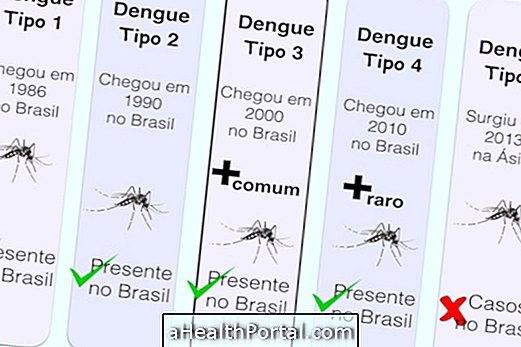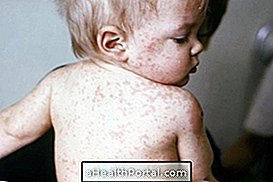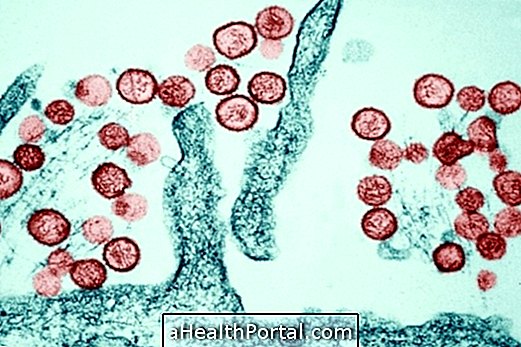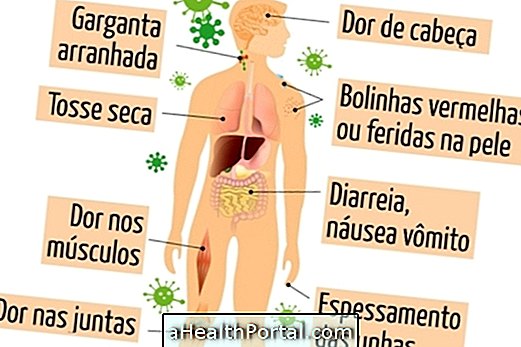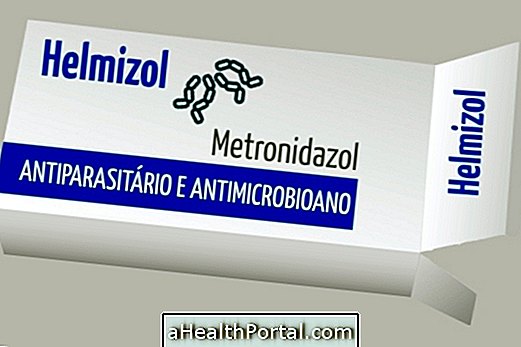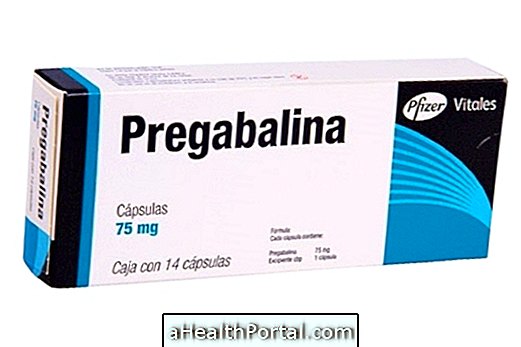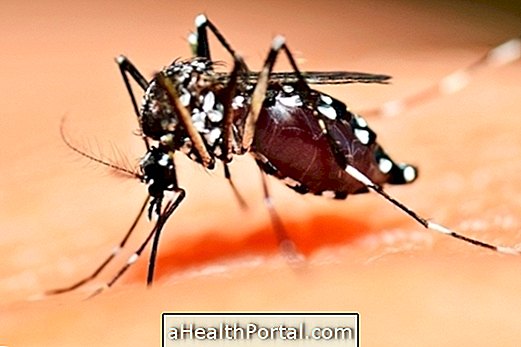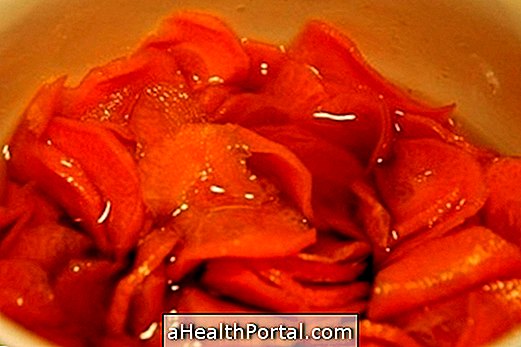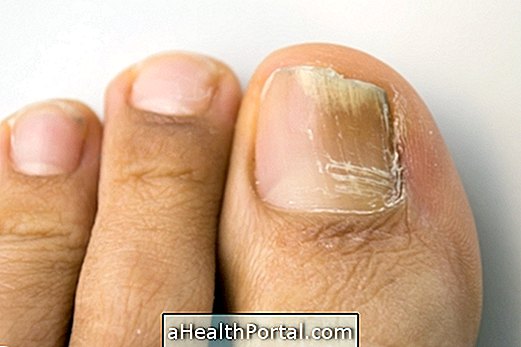The chicken pox causes intense itching in the skin because it is an infection with small bubbles filled with liquid. This liquid releases chemicals in the skin that activate the nerves and then the intense itching appears, but the more the person itches the skin, the more it has the urge to itch, forming a vicious cycle.
To relieve the chickenpox itch, which usually lasts from 6 to 10 days, what you can do is:
- Take an itch remedy under medical indication, such as antiallergics like Polaramine or Hixizine;
- Apply an antiseptic solution whenever you feel your skin itching;
- Pass an ointment for chicken pox or the arnica ointment on the chicken pox wounds;
- Take a bath with mildly warm water with antiseptic soap such as Protex, for example or with potassium permanganate once a day.
Other options to relieve the itchiness and pain of chicken pox are to apply a moisturizing lotion containing calamine, menthol talc or the paste of menthol water that should be placed on the wounds of the chicken pox whenever they are itching.
This care helps soothe the skin, relieving pain and controlling itching, and facilitates the healing of chicken pox wounds, but does not fight the disease. The fight against the disease is done by the organism itself, being important only to control the symptoms and to avoid the contagion of the chicken pox.

How to prevent chickenpox from getting spots on the skin
The secret to preventing chickenpox leaves marks on the skin includes the use of sunscreen until 4 months after the chicken pox has been cured because during that period the melanocytes are still very sensitive and so any small sun exposure can leave dark marks on the skin.
In addition, it is also important not to scratch the skin and whenever you feel this need you must pass one of the products indicated above.
Learn everything you can do to prevent chicken pox from leaving deep marks on the skin in this video about skin healing, specially prepared by physiotherapist Marcelle Pinheiro and nutritionist Tatiana Zanin:


